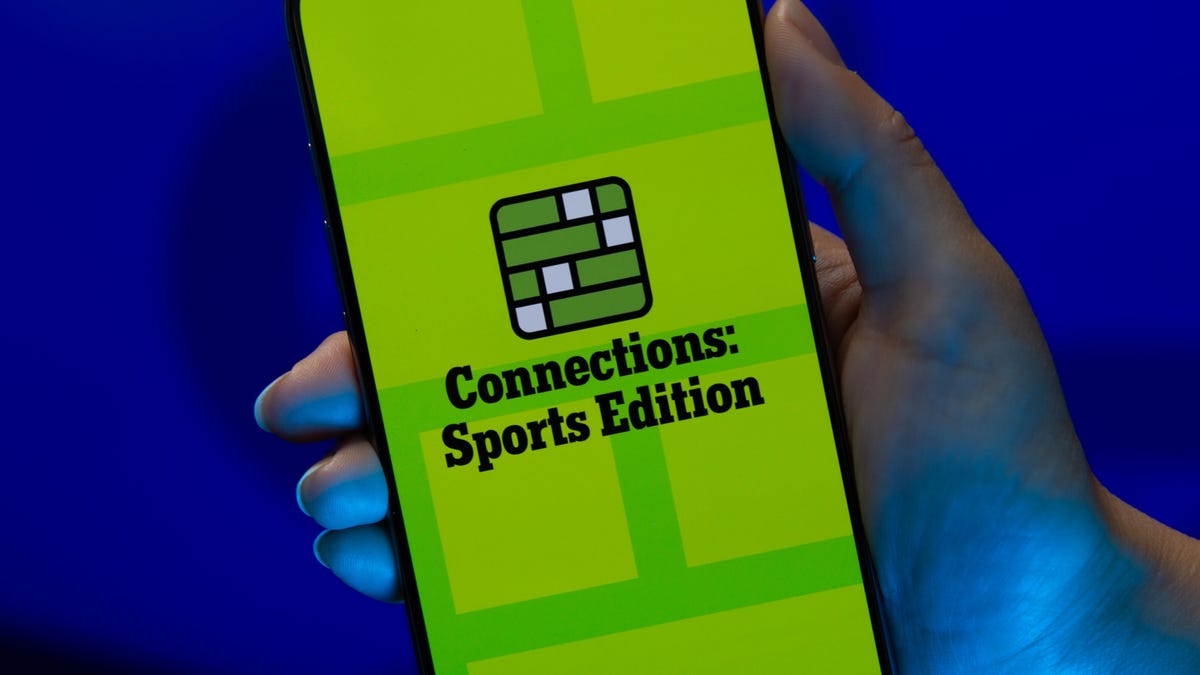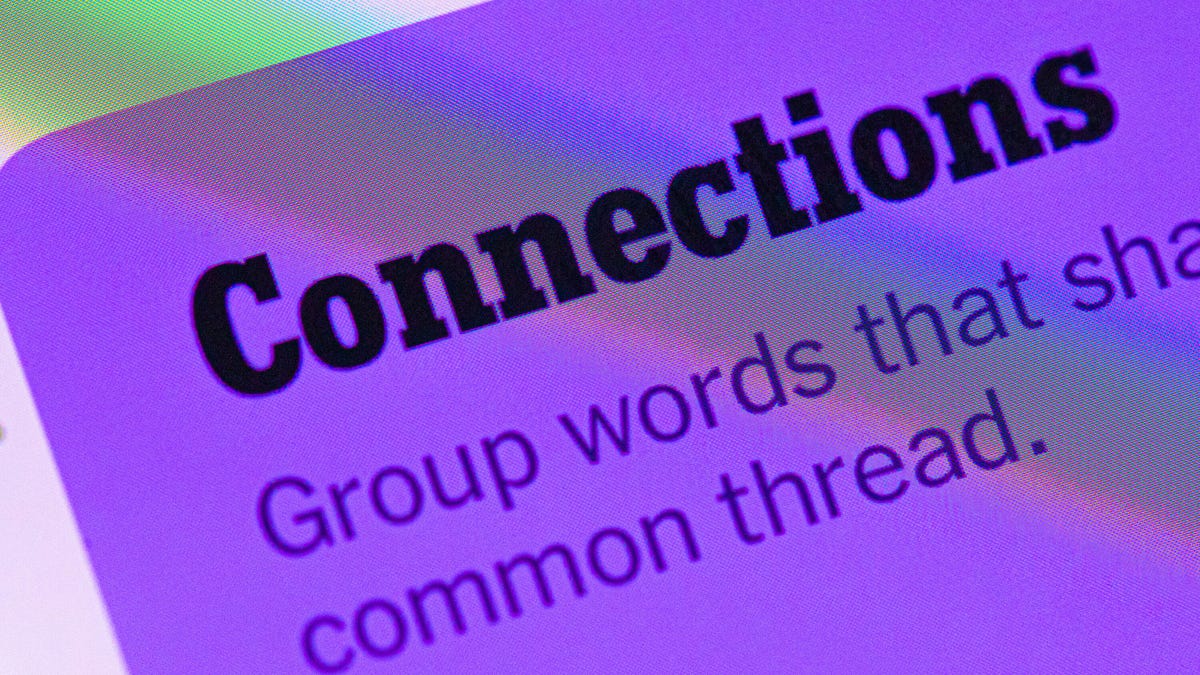Technologies
NASA Astronaut Snaps Knockout Views of Flower Moon in Full Bloom
The full moon is an ethereal lantern dancing with Earth in NASA astronaut Nichole Ayers’ snapshots from the International Space Station.

Spring is popping in the northern hemisphere and the full flower moon joined in on the seasonal celebrations on May 12. Skywatchers on the ground were treated to a glowing disk of light. NASA astronaut Nichole Ayers enjoyed the view from a different vantage point — way up on the International Space Station.
Ayers shared three images of the moon at full strength.
«I’m still in awe of our view of the world and beyond,» she said on X. «Today was the flower moon and it did not disappoint!»
The first image features our blue planet dappled with clouds. The moon hovers in the corner with the dark maria (Latin for «seas») impact basins stretching like shadows across its surface. It’s a poetic image highlighting the close relationship between Earth and its only natural satellite.
Ayers’ next image tells a different story. The moon is a tiny dot below an upside-down Earth riddled with clouds. Parts of the space station poke out from the bottom of the view.
It goes to show how direction doesn’t matter much on the ISS. Earth can be either above or below you depending on your chosen perspective in orbit.
The final shot is an ode to distance. The moon orbits at an average of about 239,000 miles from Earth. It looks every bit that far away in the photo. Our planet is a watery, cloudy hulk with the dainty full moon shining like a remote beacon.
Ayers is part of the SpaceX Crew-10 mission that arrived at the ISS in March to relieve the so-called «stranded astronauts» Sunita «Suni» Williams and Barry «Butch» Wilmore. This is Ayers’ first visit to the ISS.
Ayers has been dedicating some of her public outreach efforts to astrophotography. The moon photos show off her artistic eye.
«These were shot from a few different lenses for perspective,» she said. «I love how you can see the texture in the clouds and on the moon itself.»
The May full moon is known by the «flower moon» nickname.
«Many cultures refer to May’s full moon as the flower moon thanks to the abundant blooming that occurs as spring gets going properly,» the Royal Museums Greenwich said in an explainer. «Other names include the hare moon, the corn planting moon and the milk moon.»
We can’t all be Katy Perry and catch a ride to space, but at least we have Ayers’ views of the full moon to bring the astronaut’s perspective on the celestial show to us on Earth. It’s a beauty whether you’re down on the ground or up in orbit.
Technologies
Today’s NYT Connections: Sports Edition Hints and Answers for Oct. 27, #399
Here are hints and the answers for the NYT Connections: Sports Edition puzzle for Oct. 27, No. 399.

Looking for the most recent regular Connections answers? Click here for today’s Connections hints, as well as our daily answers and hints for The New York Times Mini Crossword, Wordle and Strands puzzles.
Today’s Connections: Sports Edition is a tricky one. Hope you know your NBA history! If you’re struggling but still want to solve it, read on for hints and the answers.
Connections: Sports Edition is published by The Athletic, the subscription-based sports journalism site owned by the Times. It doesn’t show up in the NYT Games app but appears in The Athletic’s own app. Or you can play it for free online.
Read more: NYT Connections: Sports Edition Puzzle Comes Out of Beta
Hints for today’s Connections: Sports Edition groups
Here are four hints for the groupings in today’s Connections: Sports Edition puzzle, ranked from the easiest yellow group to the tough (and sometimes bizarre) purple group.
Yellow group hint: Help athletes learn.
Green group hint: Statistics.
Blue group hint: From Sin City.
Purple group hint: Not Queens, but…
Answers for today’s Connections: Sports Edition groups
Yellow group: Coach.
Green group: Seen in a baseball scorebug.
Blue group: UNLV
Purple group: Home cities of the NBA’s Kings franchise, over time.
Read more: Wordle Cheat Sheet: Here Are the Most Popular Letters Used in English Words
What are today’s Connections: Sports Edition answers?
The yellow words in today’s Connections
The theme is coach. The four answers are drill, instruct, school and teach.
The green words in today’s Connections
The theme is seen in a baseball scorebug. The four answers are count, inning, outs and score.
The blue words in today’s Connections
The theme is UNLV. The four answers are Las, Nevada, University and Vegas.
The purple words in today’s Connections
The theme is home cities of the NBA’s Kings franchise, over time. The four answers are Cincinnati, Kansas City, Rochester and Sacramento.
Technologies
Today’s NYT Connections Hints, Answers and Help for Oct. 27, #869
Here are some hints and the answers for the NYT Connections puzzle for Oct. 27, No. 869.

Looking for the most recent Connections answers? Click here for today’s Connections hints, as well as our daily answers and hints for The New York Times Mini Crossword, Wordle, Connections: Sports Edition and Strands puzzles.
Today’s NYT Connections puzzle has a fun mix of topics today. They’re not too tough but if you need help you’re in the right place. Read on for clues and today’s Connections answers.
The Times now has a Connections Bot, like the one for Wordle. Go there after you play to receive a numeric score and to have the program analyze your answers. Players who are registered with the Times Games section can now nerd out by following their progress, including the number of puzzles completed, win rate, number of times they nabbed a perfect score and their win streak.
Read more: Hints, Tips and Strategies to Help You Win at NYT Connections Every Time
Hints for today’s Connections groups
Here are four hints for the groupings in today’s Connections puzzle, ranked from the easiest yellow group to the tough (and sometimes bizarre) purple group.
Yellow group hint: Reach out from a center point.
Green group hint: Barely.
Blue group hint: Decorative eats in a drink.
Purple group hint: Not two or three, but …
Answers for today’s Connections groups
Yellow group: Emanate.
Green group: In the slightest.
Blue group: Cocktail garnishes.
Purple group: ____ four.
Read more: Wordle Cheat Sheet: Here Are the Most Popular Letters Used in English Words
What are today’s Connections answers?
The yellow words in today’s Connections
The theme is emanate. The four answers are branch, fan, radiate and spread.
The green words in today’s Connections
The theme is in the slightest. The four answers are just, merely, only and simply.
The blue words in today’s Connections
The theme is cocktail garnishes. The four answers are cherry, mint, olive and twist.
The purple words in today’s Connections
The theme is ____ four. The four answers are connect, fab, fantastic and petit.
Technologies
Unlock Borderlands 4 Power: Try These Active SHiFT Codes ASAP
These are the latest SHiFT codes that unlock epic loot and cosmetics in Borderlands 4, but you must act quickly.

The biggest looter shooter of the year, Borderlands 4, is out, and players are already taking the fight to the Timekeeper on Kairos. If you want to put the beat down on someone strong enough to control time, then you’re going to need an arsenal of powerful weapons and equipment.
Luckily, developer Gearbox Software is willing to lend a helping hand. Instead of having to farm every piece of legendary equipment in-game, you can roll the dice on some loot with Golden Keys unlocked by SHiFT promo codes.
If you’re already swimming in more loot than you know what to do with, some SHiFT codes also unlock special cosmetic looks for your favorite vault hunters. Special in-game challenges have already unlocked promo codes for Amon, Rafa and Vex vault hunter skins, with a Harlowe skin unlocking soon. Here’s how to use the latest SHiFT codes in Borderlands 4.
All active SHiFT codes for Borderlands 4
You can hunt down SHiFT codes on social media, but we’ll keep all of the active promo codes in one place for ease of access.
Below, you’ll find a chart that contains every active SHiFT code for Borderlands 4, what it unlocks and its expiration date:
Active Borderlands 4 SHiFT codes
| Reward | SHiFT code | Expiration date |
|---|---|---|
| Vex Mass Market Appeal Skin | BZ6JJ-CB6CT-WXJJW-3TT3B-56FZ5 | Jan. 1, 2031 |
| Amon Cult Classic Skin | JZ6BJ-SBR5J-WF3BK-BT3BB-TX9HB | Dec. 31, 2030 |
| Rafa Savings Savior Skin | TZXT3-XJXCB-CXBJW-BTTJT-9SK6B | Dec. 31, 2030 |
| Break Free Cosmetics Pack | JS63J-JSCWJ-CFTBW-3TJ3J-WJS5R | Jan. 1, 2031 |
| Golden Key | TZR3T-JZJKJ-WXJTC-T33TB-RFCFR | Oct. 20, 2025 |
| Golden Key | 3S6TT-CZJWT-WXJT5-3B3BJ-JS3JZ | Oct. 20, 2025 |
| Golden Key | J96BJ-RZJWB-C6TJC-BBJJJ-5B5W9 | Oct. 20, 2025 |
| Golden Key | T9RJB-BFKRR-3RBTW-B33TB-KCZB9 | No expiration |
How to redeem SHiFT codes for your Borderlands 4 account
While SHiFT codes are totally free rewards for you to accumulate, you must make a SHiFT account to input any active codes in-game.
SHiFT is a service that Gearbox integrates into its biggest games, and making an account unlocks forums and exclusive beta participation. It’s also necessary to create an account to turn in any promo codes, which is what most fans care about.
Once your account is created, you can enter your SHiFT codes in two separate places. Within your SHiFT account settings, you can find a Rewards tab with a field to enter any Borderlands promo codes. Once you enter the codes, any unlocked items will be added to your account the next time you open the game.
However, an easier way to input your SHiFT codes is within Borderlands 4 itself. Within the game’s pause menu, you can access a SHiFT. Select the Rewards tab from the resulting menu, input your codes and the unlocked items will be immediately available on your save.
Where are SHiFT codes normally released?
SHiFT codes are released frequently on Gearbox and Gearbox-affiliated social media channels. For the best chance at catching every new SHiFT code that gets released, you should follow Gearbox on X and on Facebook.
Gearbox CEO Randy Pitchford also releases promos on his X account, so if you’re brave enough to follow him despite his frequent outbursts toward fans you can find SHiFT codes there as well.
What are SHiFT codes?
SHiFT codes are promo codes that Gearbox occasionally releases that reward players with loot and cosmetics in Borderlands games. The main SHiFT code reward is a Golden Key, which opens the Golden Chest in most Borderlands hub areas.
But don’t spend them immediately — it’s worth saving your Golden Keys until you reach the level cap and are playing on the hardest difficulty, as the loot rewards will scale to your character accordingly. This is a great way to begin farming some endgame legendaries quickly and easily.
-

 Technologies3 года ago
Technologies3 года agoTech Companies Need to Be Held Accountable for Security, Experts Say
-

 Technologies3 года ago
Technologies3 года agoBest Handheld Game Console in 2023
-

 Technologies3 года ago
Technologies3 года agoTighten Up Your VR Game With the Best Head Straps for Quest 2
-

 Technologies4 года ago
Technologies4 года agoVerum, Wickr and Threema: next generation secured messengers
-

 Technologies4 года ago
Technologies4 года agoBlack Friday 2021: The best deals on TVs, headphones, kitchenware, and more
-

 Technologies4 года ago
Technologies4 года agoGoogle to require vaccinations as Silicon Valley rethinks return-to-office policies
-

 Technologies4 года ago
Technologies4 года agoOlivia Harlan Dekker for Verum Messenger
-

 Technologies4 года ago
Technologies4 года agoiPhone 13 event: How to watch Apple’s big announcement tomorrow
